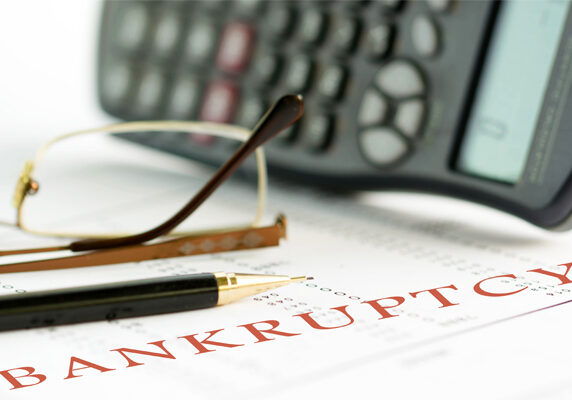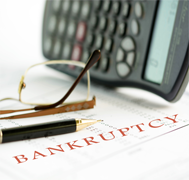
 When you are struggling to make ends meet, can’t make regular bill payments, or are opting to pay one bill over another just to get by, it may be time to consider some options are far as getting out of debt. Bankruptcy has become a popular option for those Canadians who’ve found themselves in over their heads – but often they enter the ring without the necessary information. So, to help you out, we’ve got the inside scoop on declaring bankruptcy in Canada.
When you are struggling to make ends meet, can’t make regular bill payments, or are opting to pay one bill over another just to get by, it may be time to consider some options are far as getting out of debt. Bankruptcy has become a popular option for those Canadians who’ve found themselves in over their heads – but often they enter the ring without the necessary information. So, to help you out, we’ve got the inside scoop on declaring bankruptcy in Canada.
While bankruptcy isn’t the solution for everyone, it isn’t bad either. There are laws created to protect consumers and this option is very attractive for a number of reasons. If you are in a financial fix and considering declaring bankruptcy in Canada, here is how the process works.
Step 1: You meet with a trustee in bankruptcy, a court appointed official charged with carrying out bankruptcies according to the Bankruptcy and Insolvency Act. During this meeting the trustee will assess your situation to see if you qualify. If you do, you move on to step 2.
Step 2: File. Once you have filed, you will have a bankruptcy payment which lasts from 9-21 months. The length and amount of these payments depend on your income – the more you make, the more you will be required to pay. The trustee will do the calculation to determine the amount.
Step 3: While in bankruptcy, you are ‘undischarged,’ which means you have certain obligations. These include paying on time each month, reporting on your income and any changes and participating in credit counselling sessions.
Step 4: Once you have completed the required number of payments and other obligations, you are discharged and you can start rebuilding your credit. Typically you can receive credit again after 1-2 years with positive credit behaviour.
When you declare bankruptcy in Canada, collections stop and you get significant debt relief. Additionally, debt is often reduced which means you have less stress to deal with. That being said, bankruptcy is not a one-size-fits-all approach to debt relief, and while it is a perfect solution for some, it may not work for all. Other options may include a personal loan to make your debt more manageable or a debt consolidation to decrease interest. The options will depend on your situation.
In order to make the best financial decision, speak with a financial specialist first. Prudent can help when debt stress has you down. Contact us today at 1-888-852-7647.
